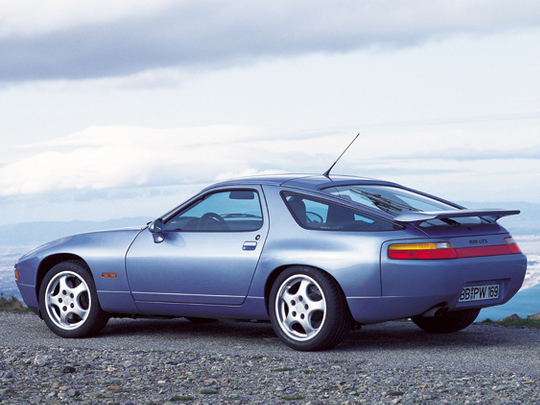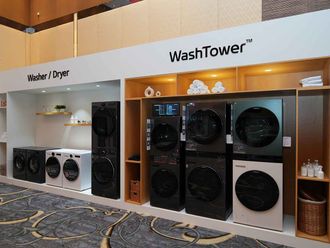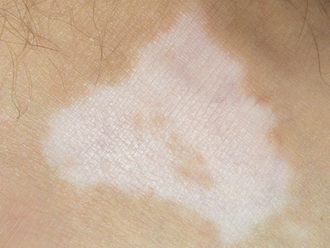
Porsche's 928 had some huge shoes to fill. The car was conceived at a volatile time for the sportscar manufacturer, during a period of some internal squabbling between the money men and the engineers and designers.
The company's chairman at the time, Dr Ernst Fuhrmann, was experiencing sleepless nights over Porsche's bread-and-butter, the 911. For some reason he feared the 911 would stop selling. Being just about the company's only product in the Seventies, he felt that the 911, now a decade old, would stop appealing to people and that a thoroughly modern, and different, model was required.
Well, you couldn't possibly get any more different than what came next, the 928.
As far as Dr Fuhrmann was concerned, this was the future. The 928 was meant to not just supplement sales, but entirely replace the 911 line, much to the horror and dismay of many of Porsche's traditionalist staff. For starters, the 928 was powered by a water-cooled, large-displacement V8 engine mounted in the front (gasp!) and driving the rear wheels. For better weight distribution —presumably another entirely new concept at Porsche at the time — the 928 had a transaxle, an all independent suspension, and disc brakes all round.
Growing even further from the 911 mentality within Porsche, the 928 also surfaced in the early Seventies with genuine seating for four (What did they say about the Panamera, again?) and GT-like cruising aptitude, not to mention daily-driving ability. It was a Porsche for normal people, basically, and it's no surprise that this car continued marching on for 17 years. That means it could've easily become the company's halo product in the end, as intended, if it wasn't for the fact that purists still flocked to the 911 over the 928.
But a somewhat neglected Porsche of the past, makes for an affordable classic Porsche of the present. This liveable and contemporary car is an ideal first-time classic, especially because of its galvanised rust-proof chassis and Porsche's durable build quality.
The car's long production life is also a benefit, because it means that parts are usually interchangeable between the base model of the Seventies and a top-spec GTS of the Nineties. Nothing much changed in the drivetrain of the car over the years, although manual gearboxes are more desirable since they're a lot rarer than slush-boxes. Really, the only worry on the 928 is its notorious cambelt, which should be changed earlier than Porsche recommends (which is 100,000km), or even on a time basis. In our hot climate you better make that three years at the most, even if you've only done 20,000km.
Local Porsche specialists can pamper your car for you and ensure it remains a daily driver, but if you pick one up at the low end of the market (say, for Dh15,000) keep in mind that although parts are readily available, that doesn't make them cheap. The 928 tends to experience electrical bugs as well, so if you're looking at a car advertised as immaculate, make well sure you check every electronic component. Most of them crop up in the GCC market priced in the Dh25-Dh35K bracket, but we've seen cars advertised for 10 grand, to almost 100 grand. That's a bit cheeky, so expect nothing less than a pristine GTS for that money, and enjoy the quirky Porsche that everyone else would call normal.












